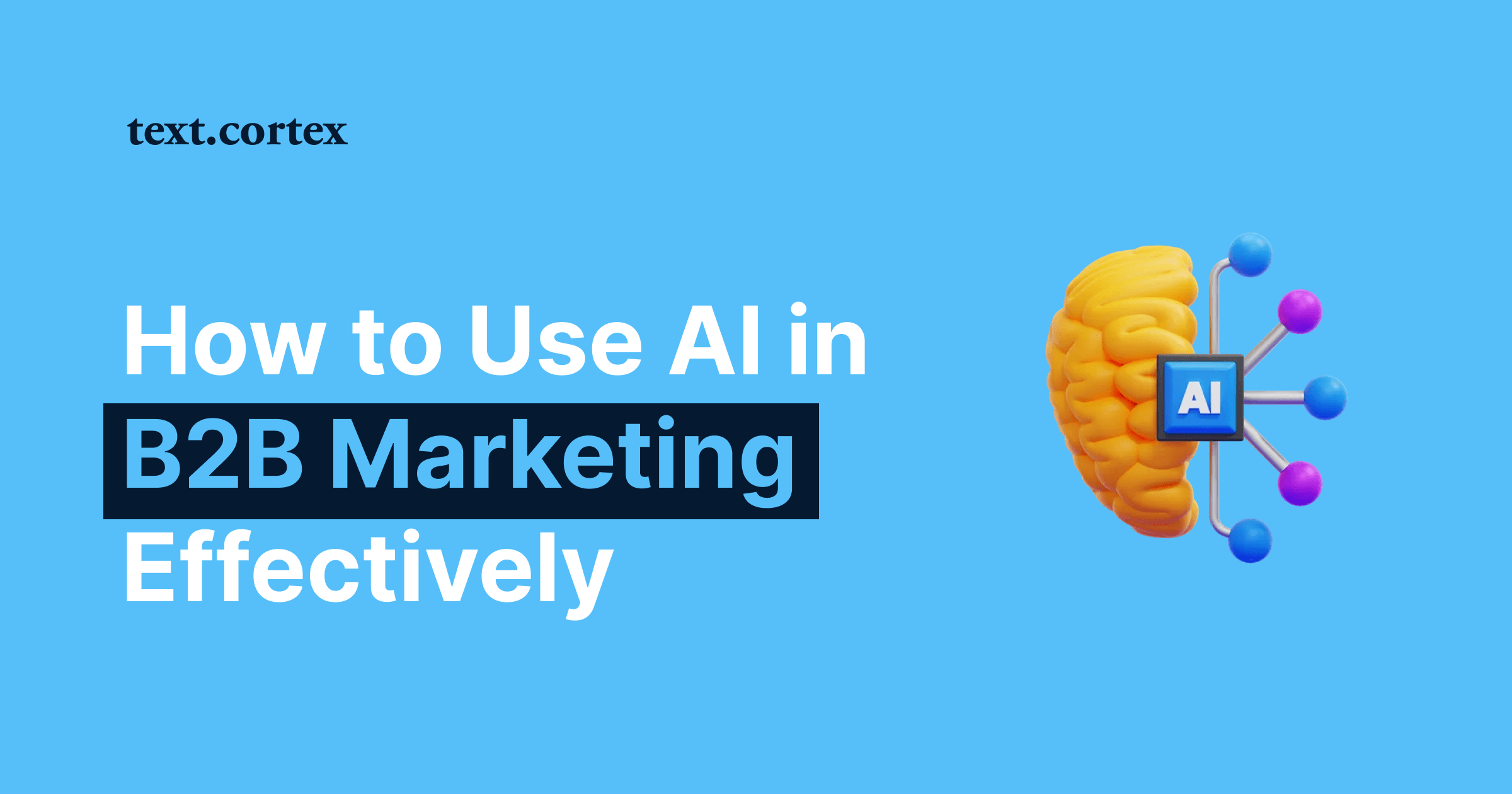Just 8 months after launching GPT-4, Open AI has launched yet another addition - GPT-4 Turbo, and sent the AI community into a frenzy.
The most significant breakthrough has been the increase of the context window and the updated cutoff date.

But does it mean that GPT-4 will be sent to oblivion? What difference does this make for marketers and content creators?
Interested to find out more?
Read on to find all relevant information in our GPT-4 Turbo vs. GPT-4 comparison.
Let’s dive in!
What Are GPT Models?
GPT stands for "Generative Pretrained Transformer” and represents a machine learning model trained on large amounts of text data.
During training, the model is presented with a large corpus of text data and learns to predict the next word in the sequence given the preceding context.
Afterward, you can fine-tune the models on specific tasks to generate high-quality, human-like text.
GPT-4 Turbo: Overview
GPT-4 Turbo is OpenAI's latest generation model, launched in November 2023, only a few months after the launch of GPT-4.
It has a more extensive knowledge base up to April 2023, which can provide more current information.
Furthermore, it has a 128k context window, which equals 300 pages of text in a single prompt.
GPT-4: Overview
GPT-4 was an advancement to GPT-3.5 and provided more extended capabilities, including longer text creation (double), extended conversations, and document search and analysis.
Its cutoff date is September 2021, and it has an 8k context window, the equivalent of 24 pages of text.
GPT-4 Turbo vs. GPT-4: How Do They Differ?
1. Knowledge Base
1.1. GPT-4 Turbo
GPT-4 Turbo has a more recent database because its cutoff date is April 2023. It means you’ll get more accurate and relevant results compared to GPT-4.
1.2. GPT-4
Conversely, GPT-4’s knowledge base doesn’t exceed September 2021, meaning the results won’t be as relevant.
Naturally, it will depend a lot on what you’re searching for.
2. Context Window
2.1. GPT-4 Turbo
With GPT-4 Turbo, a context window is more extensive, having a 128k context window.
Thus, the model is better at processing and understanding longer sequences of text and performing tasks like document analysis and summarization.
2.2. GPT-4
GPT-4 has a significantly smaller context window with an 8k context window equivalent to 24 pages of text, meaning it is less likely to follow longer and more complex threads.
3. Instruction Following
3.1. GPT-4 Turbo
According to Open AI, GPT-4 Turbo performs better than previous models regarding improved instruction following.
For example, you can ask GPT-4 Turbo to generate a specific format - “always respond in XML.”
Furthermore, it supports the JavaScript Object Notation (JSON) mode, particularly useful for developers, code generation, and web and app development.
3.2. GPT-4
This model isn’t always able to read and follow more complex instructions, which can lead to inaccurate or not detailed output.
4. Multimodal Capabilities
4.1. GPT-4 Turbo
One of the major differences between the two models is multimodality. Until the launch of GPT-4 Turbo, the input for previous models was only text-based.
However, with GPT-4 Turbo, things have changed, making it possible to feed an image into GPT-4 Turbo with a text prompt.
Thus, you can do:
- automatic caption creation,
- visual content analysis,
- Documents with figures, and
- text recognition within images.
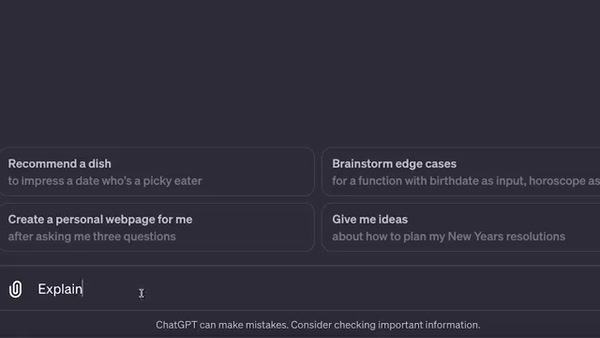
However, this feature is still in preview, with the API currently allowing input of images in base64 format or a direct URL of the image.
The price will depend on the size of the image, so you’ll have to pay $0.00765 for a 1080×1080 image.
Another game-changer is a text-to-speech feature featuring six voices and two versions, starting from $0.015 per 1,000 characters.
4.2. GPT-4
GPT-4 can only process and analyze text input.
📌 Note
The dropdown menu enabling you to switch between OpenAI apps, like DALLE-3, will no longer exist.
Based on your prompt, The Chat GPT will determine what output type you need.
5. Availability
5.1. GPT-4 Turbo
You can only access GPT-4 Turbo if you have a Chat GPT Plus or Enterprise subscription.
Furthermore, it is also available to developers with existing GPT-4 API access - you need to pass gpt-4-1106-preview in the API.
5.2. GPT-4
If you are a ChatGPT Plus subscriber, you can access GPT-4. In addition, as of January 2024, GPT-4 has a limit of 40 messages every 3 hours.
6. Pricing
6.1. GPT-4 Turbo
Currently, GPT-4 Turbo’s pricing model is more affordable and comes at a lower price than GPT-4.
One of the main reasons for such a price drop is that the model caters more to developers who said they’d use the tool more if the price was lower.
It is the developers who’ll use the tool much more and consequently generate a much larger data amount.
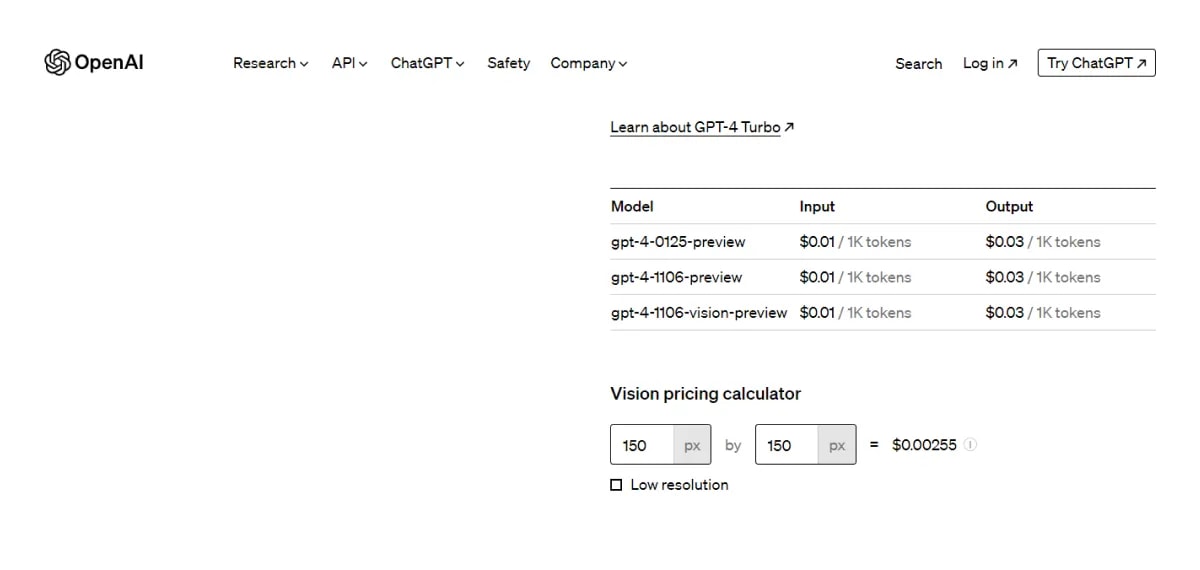
6.2. GPT-4
The pricing starts at $0.03 per 1,000 tokens and output tokens at $0.06 per 1,000.
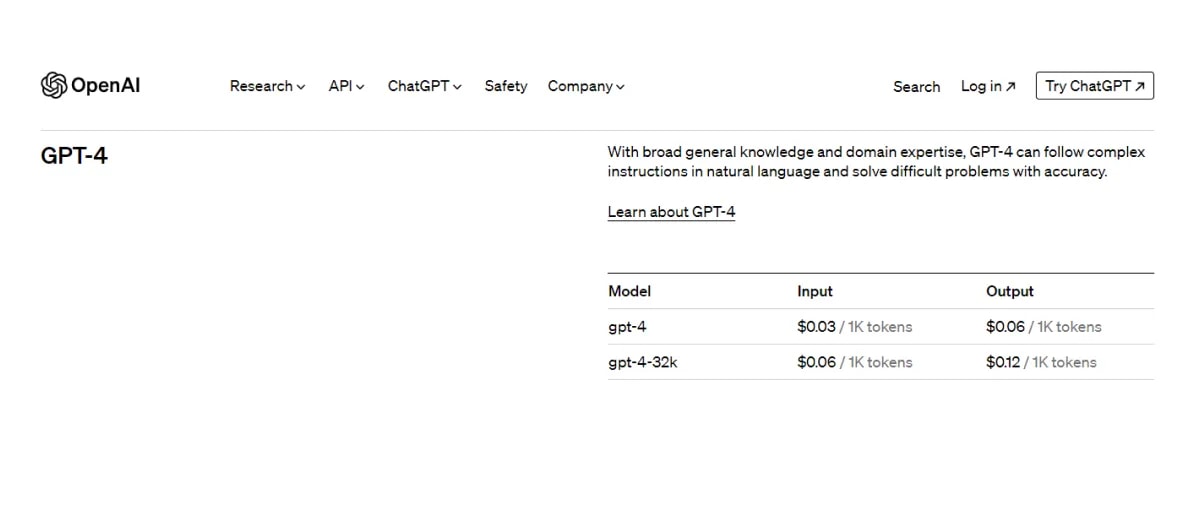
🎀 Wrapping It Up
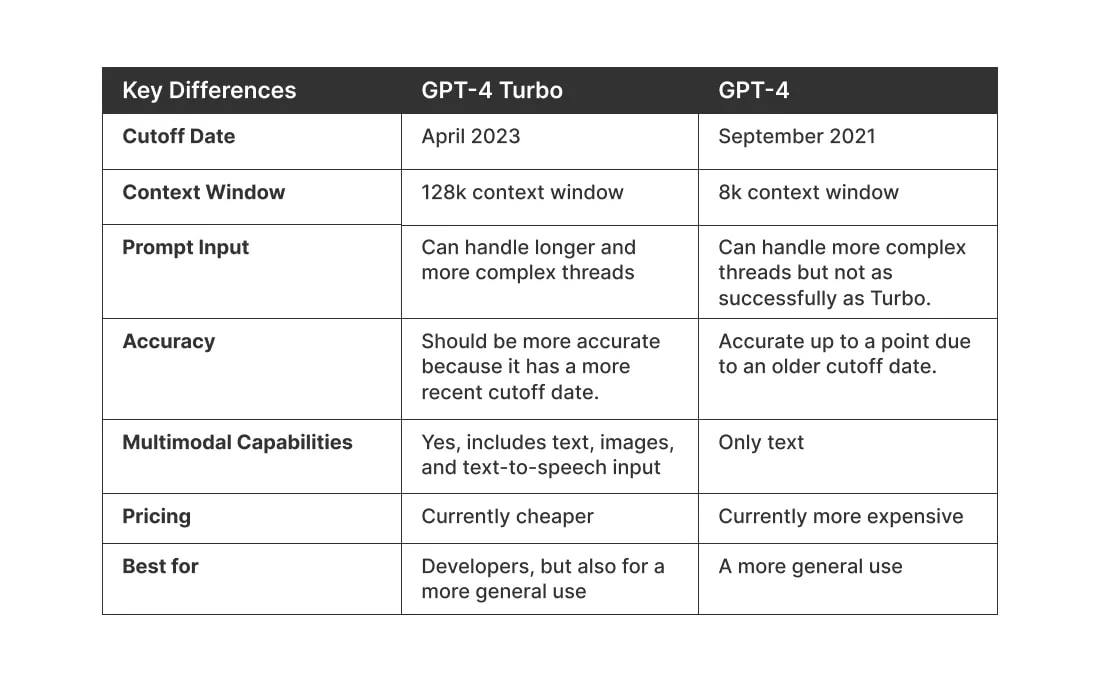
GPT-4 Turbo is a powerful Open AI advancement that will add a new depth to content creation.
However, it doesn’t mean that GPT-4 isn’t powerful enough.
On the contrary, depending on the information type you are searching for, GPT-4 can be a reliable assistant in facilitating content creation.
GPT-4 Turbo vs. GPT-4: What Does The Future Hold?
Rumor has it that Open AI is already preparing the GPT-5 model, but according to the Open AI crew, it’s only a rumor.
Their plan is to work out and iron out imperfections of the existing GPT models before diving into new ones.
While we’re waiting to see what’s coming next, there is an already existing solution that is a well-worthy alternative to GPT models - TextCortex. 🚀
TextCortex - A Robust ChatGPT Alternative You Should Try Today
TextCortex is a powerful AI-powered content creation tool that goes beyond mere content generation.
It provides text editing and rewriting tools to fully customize, polish, and tailor your content to your specific needs.
Thus, in a few clicks, you can:
✅ Summarize, paraphrase, rewrite, expand, etc. your content.
✅ Translate in over 25 languages.
✅ Polish your text in terms of grammar, style, and tone of voice.
✅ Create more digestible content thanks to our Readability Checker.
✅ Access a rich library of templates ranging from marketing and sales to content creation.
✅ Access over 1000 GPT prompts on our Prompt Marketplace and filter them according to your use case and occupation.
✅ Craft emails from as few as 3 bullet points.
Furthermore, you can build your own conversational AI bot, thanks to ZenoChat.
ZenoChat is a fully customizable assistant that creates content based on your input and preferences.
In addition, it enables you to create multiple personas that function as your digital representative.
Another feature that boosts Zeno’s capabilities is Knowledge Bases, which stores all your documents, Powerpoints, and other textual files, but also custom URLs.
This way, Zeno can easily find the relevant info in a matter of seconds.
Did you know that TextCortex works in a web browser and as a Chrome extension, and you can use it on over 4000 online platforms?
Ready to take TextCortex for a spin?
Sign up for TextCortex today and boost your content creation.
Keep Learning:
TextCortex Vs. ChatGPT - Which One Is Better?

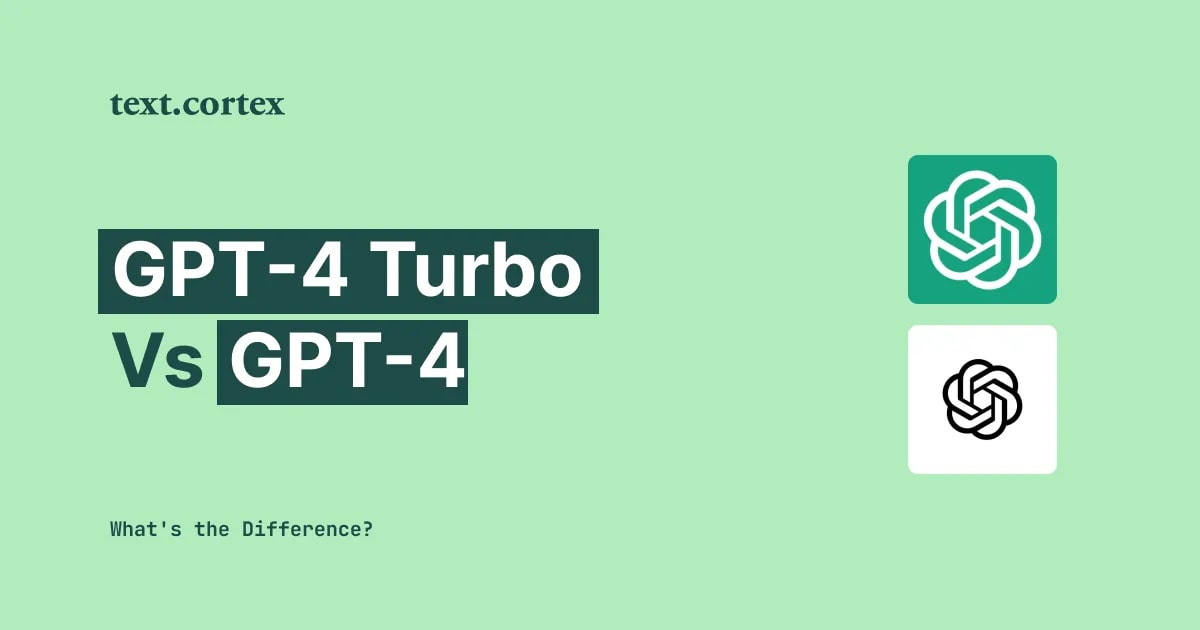
%20(7).png)

